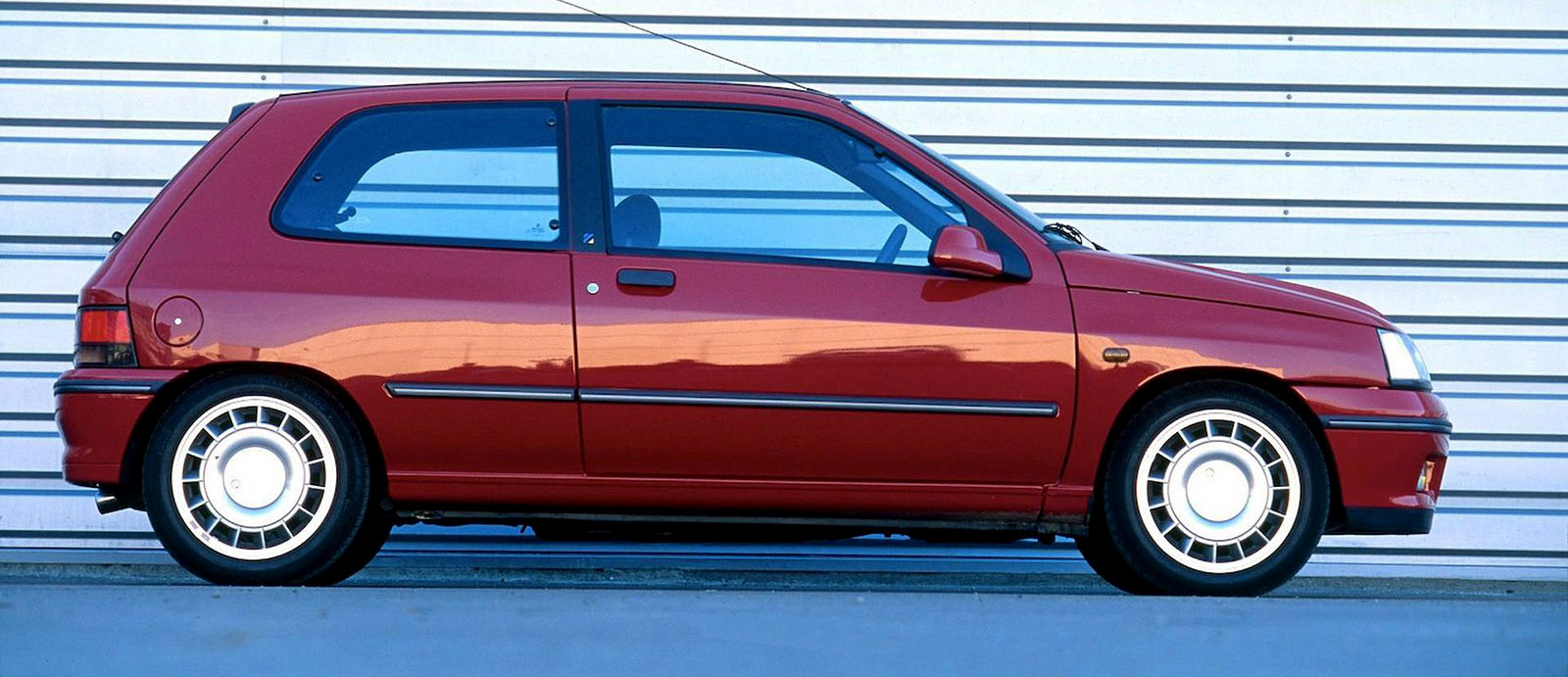Renault Clio 1.8 16V, originator of a successful lineage

Winner in rallies and circuits, the little French was the first version of four generations at the top
Renault made the history of compact sports cars with the introduction of supercharged engines. The Renault 5 was the bulwark of this revolution, but when it came to designing an heir to the city car at the end of the 1980s, the French manufacturer decided to change its philosophy again: with the Clio, in Italy car of the year 1991, the the leap in terms of equipment, comfort and safety is remarkable and for the sports version a new transversely mounted naturally aspirated engine was chosen that followed the new technological trend of the time: the four valves per cylinder. Thus was born the Renault Clio 1.8 16V, the progenitor of a family of models that after the Clio Williams will see the birth of the R.S range for the three following generations of the Clio, with an enormous number of successes in rallies and on the track.
High standing features. The improved qualities of the Clio compared to the Renault 5 – space, accessories, efficiency and safety – were undisputed and accompanied by pure performance. The Renault technicians had then made fundamental choices for the sports version: wide track with dedicated plastic front fenders, large air intake on the rounded bonnet, a small aerodynamic profile on the tailgate, an ominous chrome exhaust terminal and above all the large wheels 15 ”Speedline with characteristic turbine design with 185/55 sport tires. Inside, on the other hand, there were sports seats in high-containment fabric, specific steering wheel and gear knob and a battery of three additional instruments that had required the creation of a modified upper part of the dashboard. The new platform had also made it possible to introduce more efficient suspensions with the MecPherson type front axle and the rear axle with torsion bars.
Aspirated success. In order not to be nostalgic for the very angry 120 horses of the 5 GT Turbo, Renault had decided to focus on a new engine with high-level technical contents called F7P, launched in 1990 on the Renault 19: displacement increased to 1.8 liters (1,764 cubic centimeters ), four-valve cylinder head with hydraulic tappets, hemispherical combustion chambers and multipoint electronic injection. In this configuration, it delivered 137 hp at 6,500 rpm and 158 Nm of maximum torque at 4,250 rpm and made it possible to reach a very high speed for the time: 212 km / h. The 100 km / h from standstill were reached in 8 seconds flat, thanks also to the weight of less than 1,000 kg. Power then dropped to 135 hp in 1993 with the mandatory introduction of the catalyst.
Undisputed best-seller. The 1.8 16V (known in France as 16S) was an immediate success and allowed Renault to maintain its leadership in the hot-hatch sector and to open a very long cycle of successes in racing: on the one hand the commitment to rallies, from the other hard-fought single-brand stores on the track. The arrival of the Williams variant with a two-liter F7R engine has overshadowed this model for a long time, but enthusiasts have rediscovered its great qualities, reviving the prices in recent years. Today it is not easy to find a 1.8 16V in excellent condition, both for the often adventurous careers of many models used as forklifts, and for the very frequent processing that has undermined the originality of the components. The 1.8 was produced from 1991 to 1995 following the evolution of the entire Clio range: the first non-catalyzed series, recognizable by the smaller rear-view mirrors and the interiors with fabric inspired by the logo of the sponsor Diac, has already become the most sought after, together with the rare Cuoio series with interiors in fine material and dark gray bodywork. Later, some upgrades to equipment and finishes were introduced with the arrival of the catalyzed model and a real mid-career restyling – with redesigned headlights and alloy wheels and the availability, for the first time, of the Airbag. The prices in sharp rise of the three series of Clio Williams produced in limited series have allowed in the last three years to literally multiply those of the 1.8 16V, which in the meantime have reached their fateful thirty years of age.
© RIPRODUZIONE RISERVATA







